#roman ruins
Text
The making of painted stones

Well, a few times I was asked to show the process of miniature paintings on stones, and here is my first attempt to capture and explain it. Warning - I only have my phone's camera at my disposal, so the quality is not very good.
Firstly - an idea for the image. Every stone has something in its pattern that can be a starting point for developing an imagery. The stone I picked for this one is a beautiful Picasso jasper, and in this case I was looking for a stone for a specific idea I've already had in mind. Spontaneous improvisation dictated by the stone's pattern is also great but I decided to pick something more definitive for better illustrating the process.

This jasper's pattern already has outlines that can be developed into a landscape without painting it over too much. I don't like it when stones are just mindlessly covered by slapping a random image on it, ignoring the colours, textures and patterns.
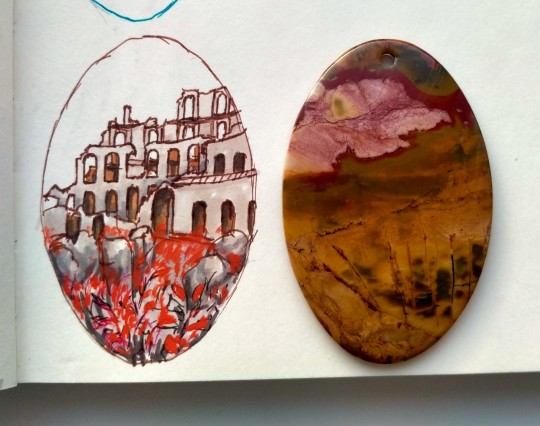
Here's the idea - ruins of an amphitheatre overgrown with red gladioluses. I know, I know, but I'm very interested in the initial mystical sacrificial background of gladiators. So here it is, arena covered in red, swords in the sand, but it's finally quiet.
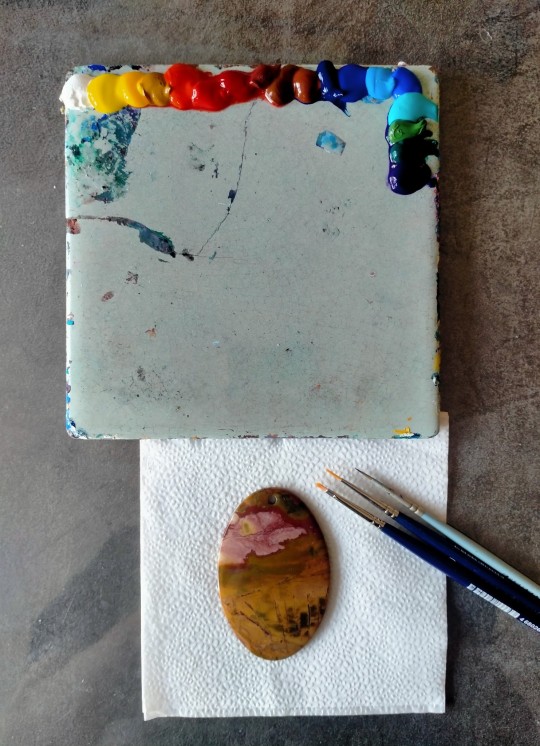
Before we start, a stone must be varnished - minerals are porous, and lacquer smoothes its surface. I paint with tempera - most artists who work in lacquer miniatures use oils, but tempera allows quicker process, which is important for me. I'm autistic and my executive dysfunction makes working with oils difficult - my sudden bursts of activity won't match with drying timings and such. So, tempera for me.
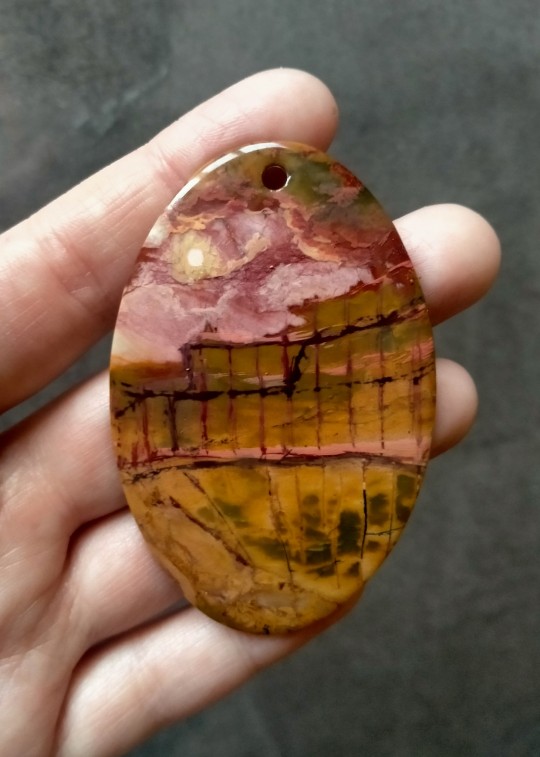
Starting with sketching the outlines of the ruins and painting our light source, the sun and red clouds. I'm trying to work with a palette that the stone already has and make the painting as harmonious as possible.
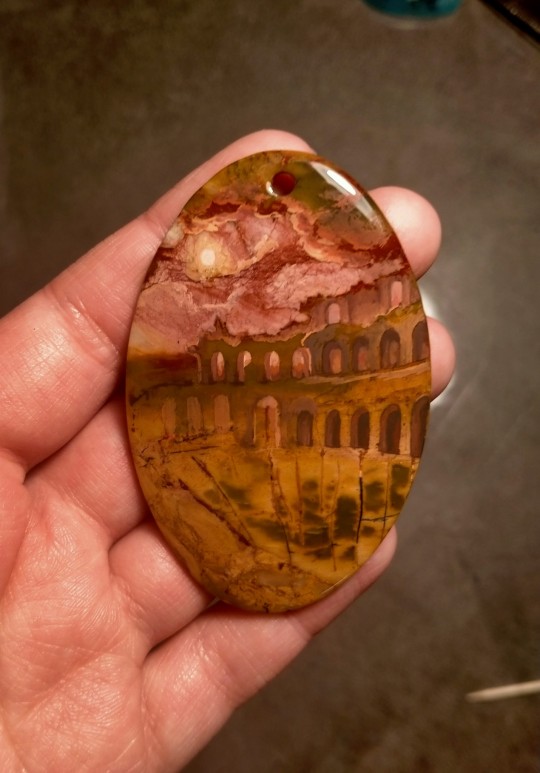
Erasing auxiliary lines as we continue.

Done with the first layer - the walls and the sky. After the paint dries, I apply varnish (I use Novol clearcoat, car varnish - it's very durable). There can be as many layers as you need.
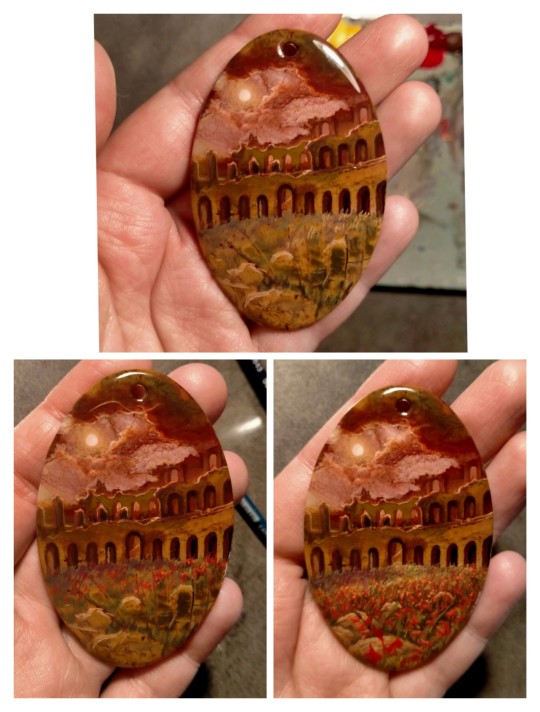
Now - the flowers and details.
After the painting is finished, it'll need several layers of varnish. And some fine sandpaper (1500) in-between the finishing layers for better grip.
And here it is! time to think abou a necklace for this one.
I'm not sure how useful I can be and what aspects you would like to know, so feel free to ask. I'm not sure I can make a good enough video with my current phone, so this'll have to wait. I tried to skip all the musings about ideas and finding stories, but whatever. And the time needed for work - I don't know. There was a month-long pause in the making of this one, due to a couple of emergencies that knocked me down for some time, and it's not easy for me in general due to my mental state - sometimes I can make a painting in two days, sometimes it takes years, nothing is certain with me, especially now. But well, here's what I do.
#miniature#painted stones#rock painting#painted rocks#minerals#picasso jasper#jasper#amphitheatre#arena#gladiators#gladiolus#gladioluses#flowers#ruins#roman ruins#ancient rome#sky#my art
657 notes
·
View notes
Photo

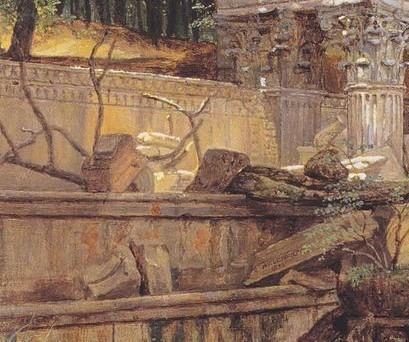



Ferdinand Georg Waldmüller - The Roman ruins in Schönbrunn, 1832
#Ferdinand Georg Waldmüller#art#art details#austrian art#art history#romanticism#landscape#painting#oil painting#oil on canvas#19th century#19th century art#ruins#roman ruins#landmark#Carthage ruins#the palace gardens of Schönbrunn#Schönbrunn#gardens#dark academia#light academia#the temple of vespasian and titus
3K notes
·
View notes
Text




Comic for “The Ruin” a poem written by an unknown author in the 8th or 9th century
How wondrous, this wall stone,
Shattered by fate.
Castles are smashed,
The work of giants, crumbled.
Ruined are the roofs,
Tumbled the towers.
Broken the barred gates.
Frost in the plaster,
Ceilings a-gaping.
Torn away, fallen,
Eaten by age.
#the ruin#history#poetry illustration#roman ruins#historical illustration#digital art#digital painting#artists on tumblr#art#my art#Roman#myth#dark ages#medieval
2K notes
·
View notes
Text





The Beeches Roman Pavement from Corinium Museum, Cirencester
When it was discovered, archaeologists found red paint marks in the mortar that acted as guidelines for accurate tesserae placement.
#romans#roman empire#roman mosaic#roman britain#roman living#archaeology#ancient cultures#ancient craft#roman building#Corinium#Cirencester#mosaic#artwork#Roman symbols#Roman ruins#ancient sites
196 notes
·
View notes
Photo
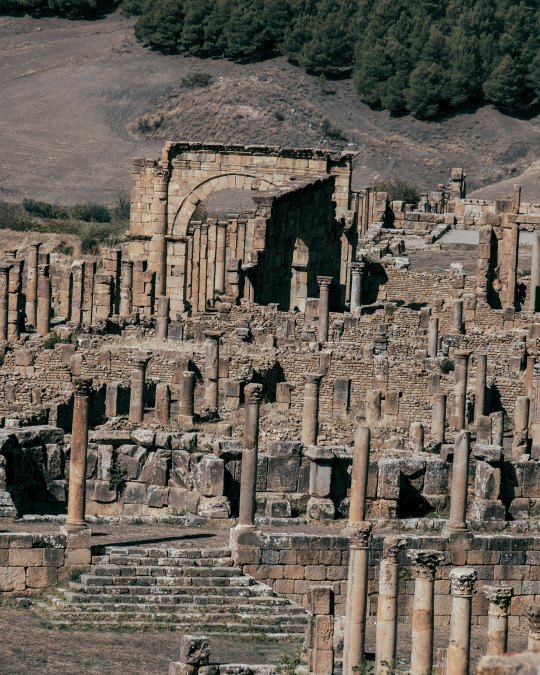
Roman ruins - Djemila, 2022
#picofthenight#travel#algeria#algerie#original photographers#photographers on tumblr#landscape#ancient architecture#roman ruins#landscape photography#columns#photoofthenight
730 notes
·
View notes
Text

Roman Agora Gate, Athens - Greece
lost.and.found.in.greece
#greece#ruins#ancient ruins#greek ruins#roman ruins#archaeology#archeology#architecture#roman temple#greek temple#roman agora#athens#hellas#ancient history#travel#europe#wanderlust#gate#places
210 notes
·
View notes
Photo
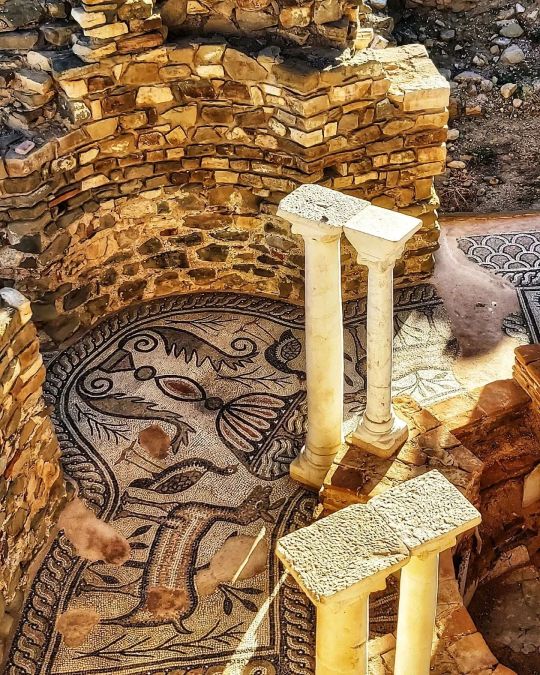
Stobi / Стоби
North Macedonia 🇲🇰
#stobi#macedonia#north macedonia#ruins#ancient ruins#archaeology#mosaic#architecture#antiquity#europe#travel#ruinedchildhood#history#culture#temple#column#ancient rome#roman ruins
2K notes
·
View notes
Text


Ancient Roman Temple Where Julius Caesar was Assassinated Opens in Rome
The square contains the remains of the Curia of Pompey, a central meeting place for senators where Caesar was stabbed to death on the Ides of March.
An ancient square where historians believe Julius Caesar was stabbed to death — one of the most infamous assassinations in history — was opened to the public for the first time Tuesday.
The Sacred Area of Largo Argentina, containing the remains of four ancient temples in a bustling part of downtown Rome, can now be seen up close via a lowered walkway for 5 euros ($5.50).
The site also contains the remains of the Curia of Pompey, a central meeting place for senators where it is believed Caesar was stabbed to death on March 15 (the Ides of March) in 44 B.C.
Successive generations had built on the site since ancient times, and it was only rediscovered when buildings were demolished in 1926. Three years later, another dictator, Mussolini, inaugurated it as an important historical site.
Two new exhibition areas also document the many archaeological finds at the site over the ages. The works were funded by the fashion house Bulgari and managed by the Capitoline Superintendency for Cultural Heritage.
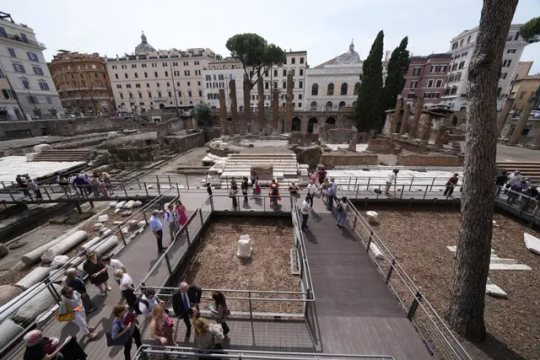
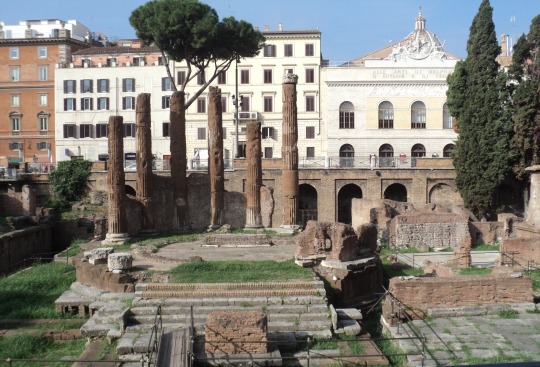

The site could previously only be seen from street level and had become overgrown with weeds. Tourists’ photos posted online show the area being enjoyed by stray cats — there is cat sanctuary on a corner of the square.
“One of the most beautiful and precious places in Rome is finally fully usable by Roman citizens and tourists, who from now on will be able to see from nearby wonderful archaeological finds from various periods of the history of our city,” Miguel Gotor, councilor for culture for the city of Rome, said in a news release.
The first recorded structure of importance on the site dates to the early third century with the construction of what is referred to as Temple C, probably dedicated to the Roman goddess Feronia.
Fires in 111 B.C. and A.D. 80 destroyed much of the earliest buildings, with those remains buried under a new floor built by the emperor Domitian in the first century.
Caesar's death has endured in Western culture as one of the most seismic political events in history, even as its details and wider implications continue to be debated.
In Shakespeare’s dramatic retelling, the dying dictator last words were “Et tu, Brute?” after he saw that his old friend Marcus Brutus, one of the murder conspiracy’s main ringleaders, was among his killers.
What is agreed upon is that Brutus and a group of Roman senators had grown concerned over the size of Caesar's power and influence and his undermining of the Republic.


However, Caesar's killing unleashed a period of reprisal and civil war that killed thousands and effectively killed the Republic. His named successor, his adopted 18-year-old son, Octavian, became what is regarded as Rome's first emperor in 27 B.C., known by then as Augustus.
Such is Italy's vast wealth of archaeological treasures that many important sites have yet to be excavated and thousands of found items have never been put on public display.
Historians' understanding of ancient Rome is still evolving as more items are found. In April a new study shed light on the use of Roman wineries in theatrical ceremonies, while in May archaeologists revealed how people were killed in an earthquake triggered by the immense eruption at Vesuvius in A.D. 79.
By Patrick Smith.
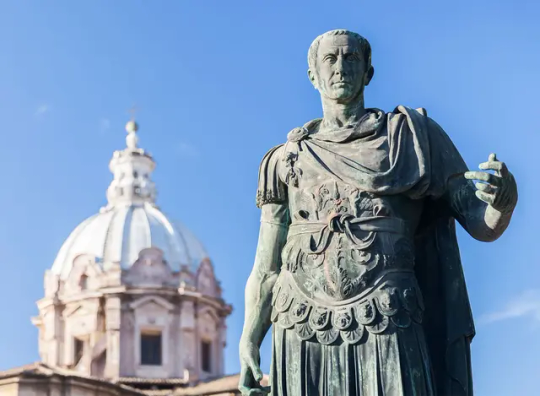



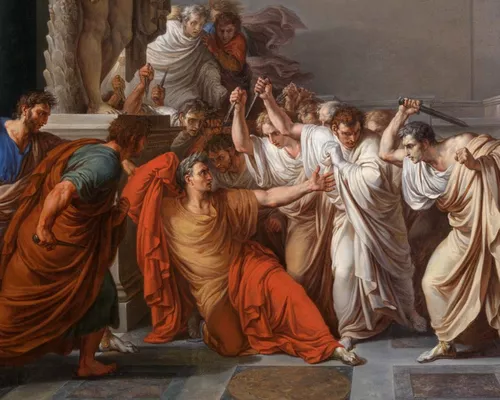
#Ancient Roman Temple Where Julius Caesar was Assassinated Opens in Rome#Curia of Pompey#The Sacred Area of Largo Argentina#Ides of March#ancient artifacts#archeology#archeolgst#history#history news#ancient history#ancient culture#ancient civilizations#ancient rome#roman history#roman empire#roman ruins#roman art
186 notes
·
View notes
Text

Forum III, Cartagena [02.12.23]
#photooftheday#photography#photographers on tumblr#original photographers#photoblog#travel photography#travel#cityphotography#roman ruins#old ruins#ancient ruins#ruins#forum
75 notes
·
View notes
Text
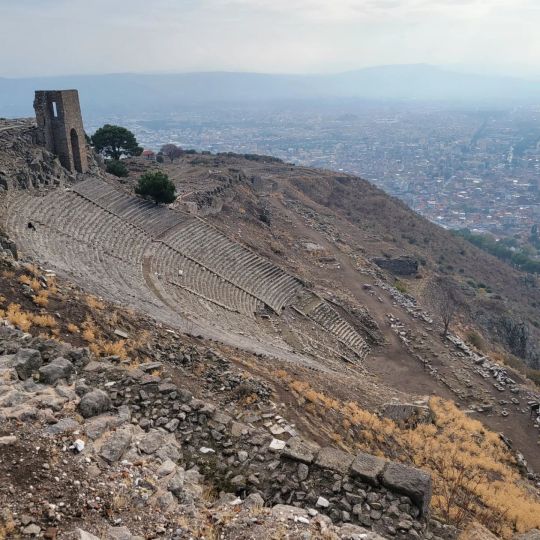
Pergamon teatro. This picture doesn't remotely do justice to how steep this is.
63 notes
·
View notes
Text

The Roman Ruins in Schönbrunn, by Friedrich Frank
#schönbrunn#roman ruins#schönbrunn palace#ruins#roman#palace#vienna#austria#art#painting#history#europe#european#architecture#classical#friedrich frank#austrian
1K notes
·
View notes
Text
An Ode to Lebanon: A Short Film
#lebanon#mediterranean#my travels#travel#my film#short film#lebanese#byblos#beirut#baalbek#roman ruins#archaeology#history#middle east#culture#khalil gibran#fairuz#elias rahbani#levant#west asia#levantine#ancient mediterranean#ancient history#ancient rome
60 notes
·
View notes
Photo
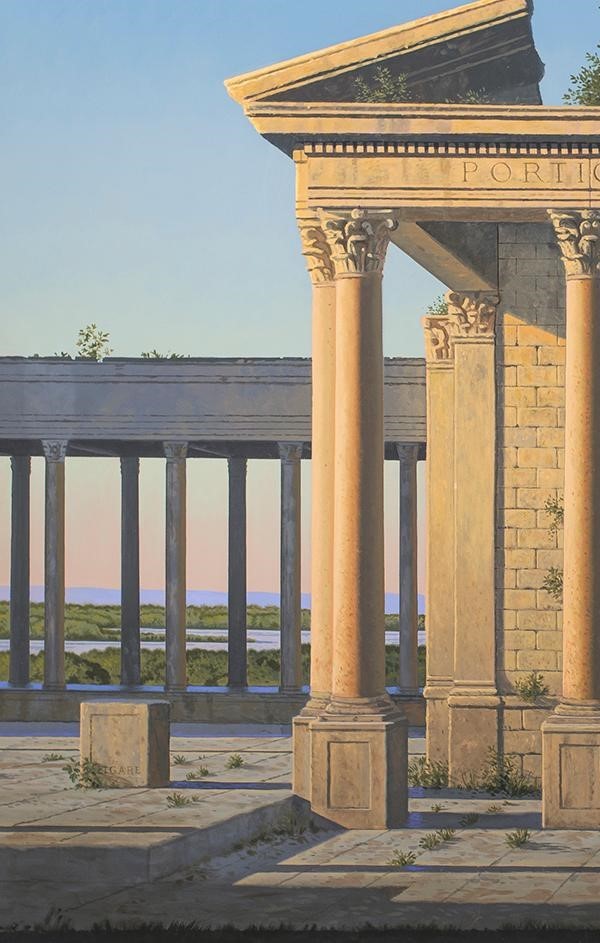
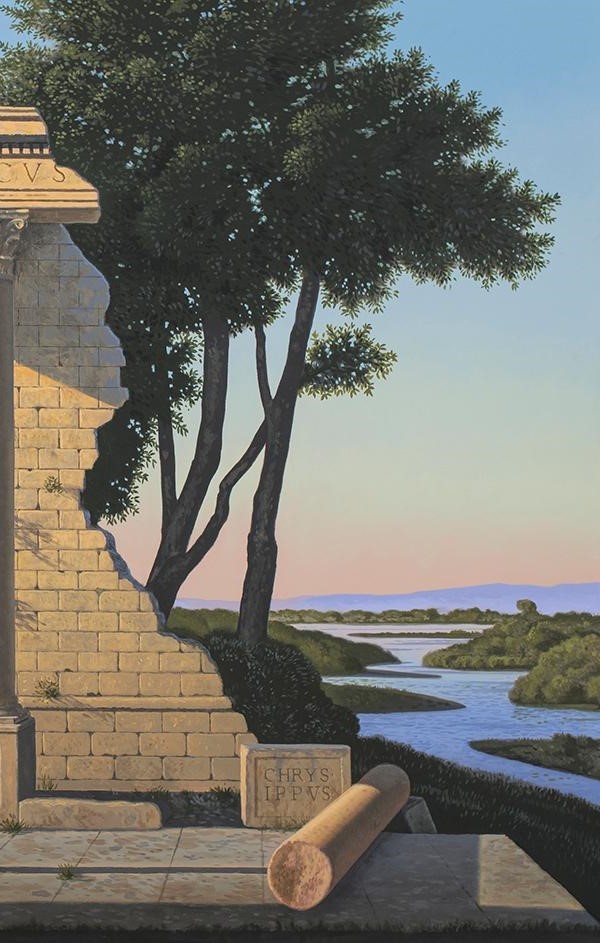
Porticus by David Ligare
#David Ligare#hyper realism#oil painting#oil on canvas#painting#contemporary art#contemporary landscape#landscape#art#21st century#21st century art#architecture#roman architecture#roman ruins#ruins#dark academia#light academia
719 notes
·
View notes
Text

Roman Ruins.
Volubilis, 2023.
#photographers on tumblr#original photographers#street photography#street#black and white#analog#travel#film photography#analogue#b&w#roman ruins#volubilis#morocco#stork#archaeology
142 notes
·
View notes
Text
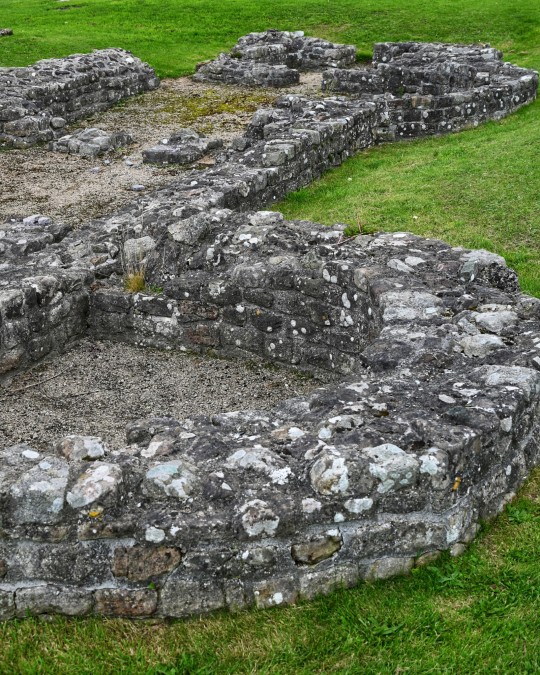



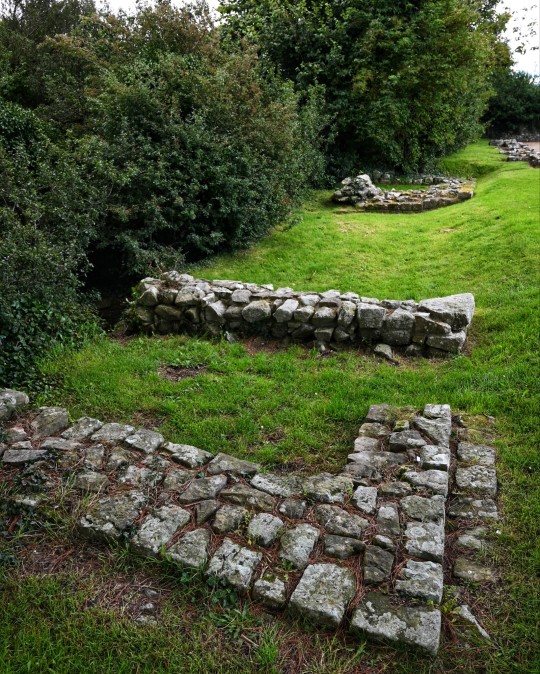
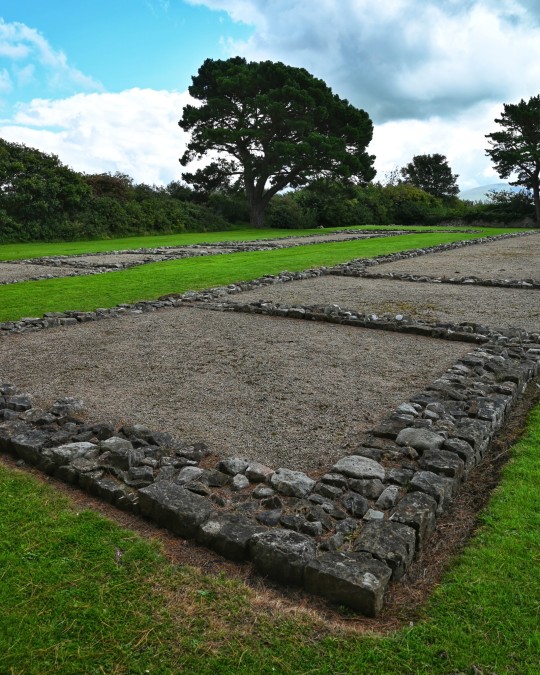
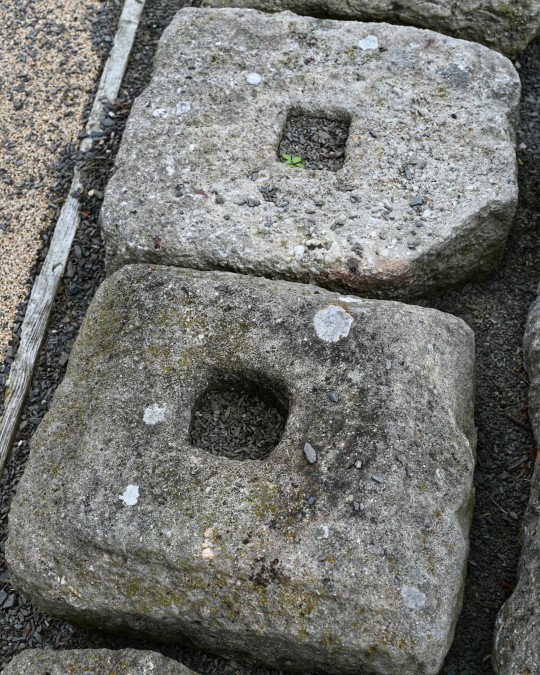

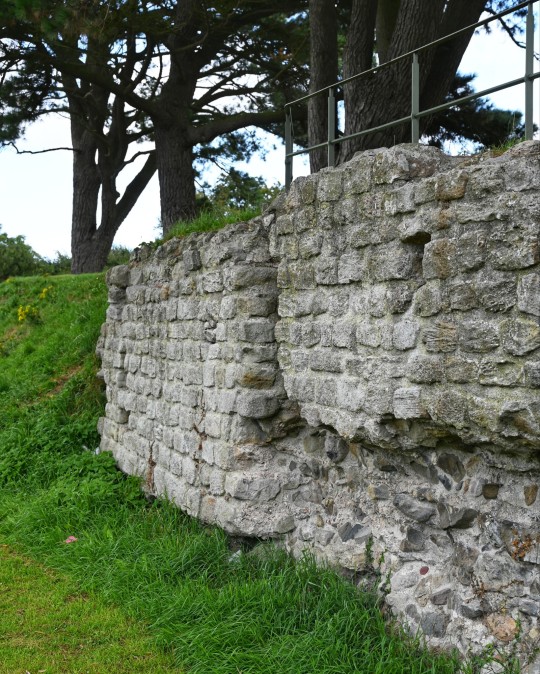
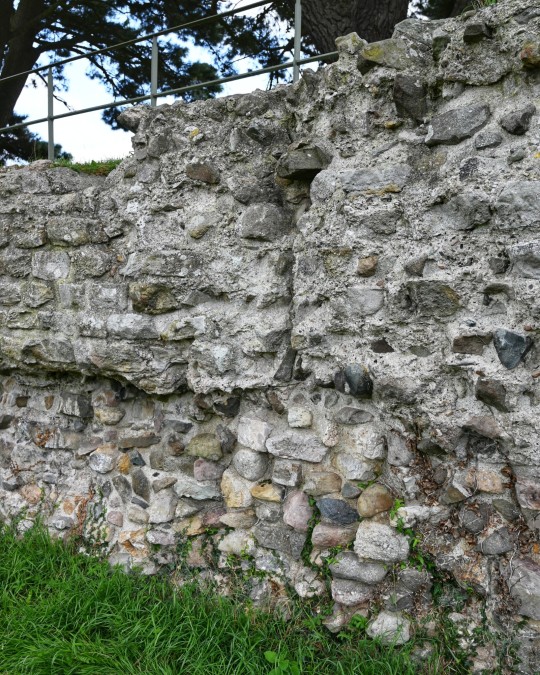
Segontium Roman Fort, Caernarfon, Wales
#roman#roman army#roman living#romans#roman building#roman fort#archaeology#roman ruins#wales#Caernarfon#bath house#gate house#barracks#roman empire#ancient cultures
154 notes
·
View notes
Photo

Columns against the sky - Rome, Italy
#antiquity#Roman ruins#rome#ancient rome#italy#B#B&W Photography#b&w#original photography#photographers on tumblr#luxlit#lensblr
202 notes
·
View notes